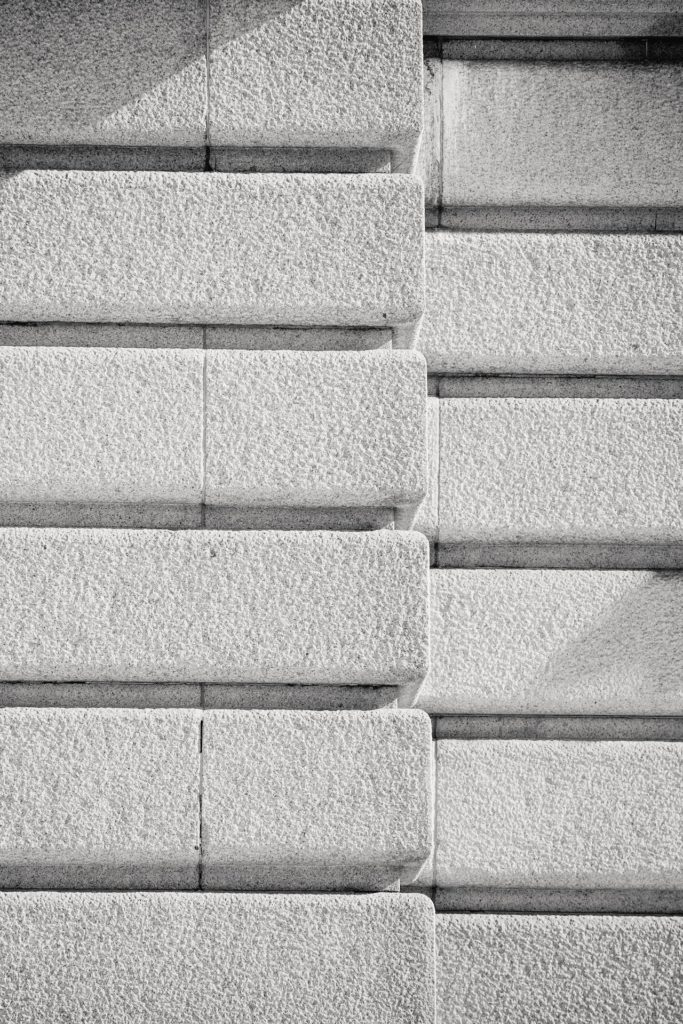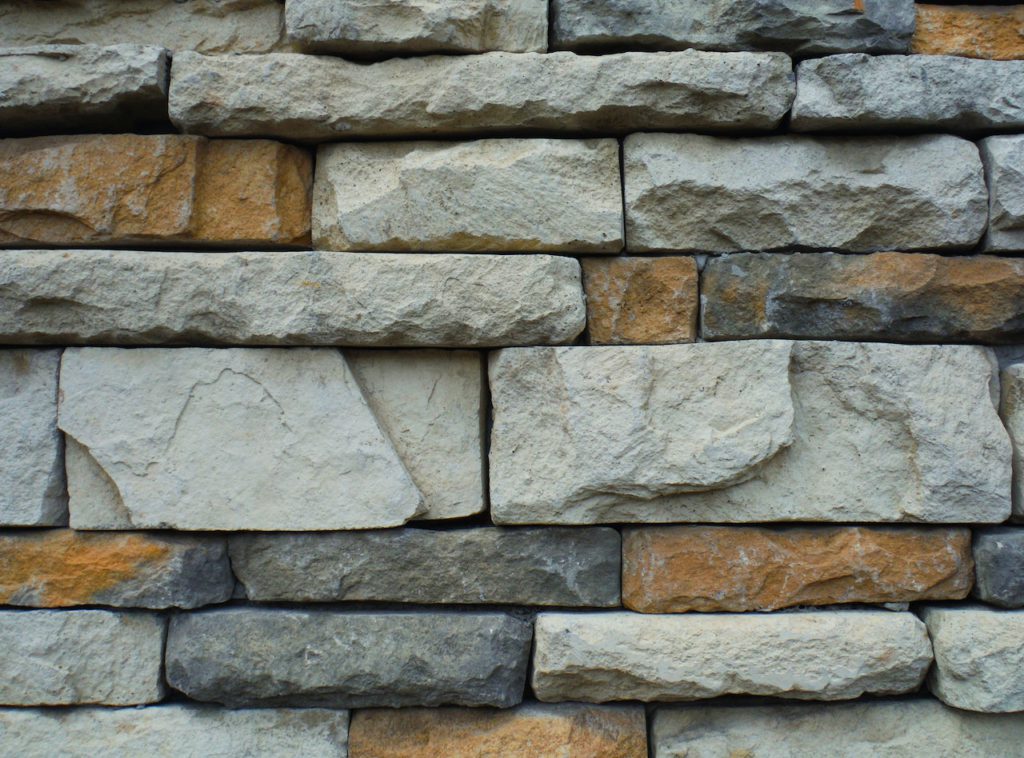This post examines the distinct characteristics and patterns in brick building. Architectural bricks refers to the shape, style, and color of a brick, as well as how a brick is laid down to produce a detailed pattern.
Architectural bricks, when combined with a skilled design, have the potential for unique applications of bricks. Unlike other materials, bricks are highly usable and easy to maintain, creating not only an energy-efficient structure, but a variety of functions.
The environmental impact of buildings made from brick is also far less as there is no maintenance required.
Bricks by themselves will not make a building fireproof, but they are no different from wood and plastic, which are highly flammable, and glass, which can break under the heat.
Clay bricks generally suffer no structural damage in the aftermath of fires, and they are also capable of being reused, including as load-bearing walls. If you are building an all-brick house, with steel-framed roof, over concrete slabs, an all-brick house is resistant to termites to all structural elements.
It is a known fact that brick is the building material that is typically used in house extensions; it is cheap and durable, but if designed well, can look pretty too.
Over and over, brick has continued to be a popular building material choice for architects and designers due to its flexibility in design, its robust structural capabilities, and its elaborate detailing.
This ancient building material has many qualities that make it a perfect material for architectural design drafting professionals, particularly in the case of traditional types of structures.

Bricks are most cherished building materials in contemporary architecture because of their timeless, universal, ever-evolving character. Today, architects opt for bricks in building new, innovative structures meant to be contemporary, unique, and functional.
Todays architects can use thin bricks in more colors, shapes, and sizes, for instance. In addition to being the traditional building material that has been around for thousands of years, bricks still provide architects the flexibility to experiment with a variety of colors, shapes, sizes, and bonds.
Some brick textures, shapes, and bond patterns are so intricate and unique, incorporating a few brick textures in your design could transform your building into an architectural wonder. When it comes to building with bricks, there are many ways you can add visual interest and character to your design.
You can get some contemporary designs from brick, depending, in part, on the colors you are looking to use. Despite its ancient origins, the diverse textures, colors, and shapes of brick have led architects to continually explore new and unexpected applications, which leverage this universal material to meet clients evolving needs.
Many facades with brick detailing show us how this material can be used to produce an architectural enclosure that is rich in color, texture, and formal pleasure.
The walls, floors, and finished or unfinished brick surfaces, if combined with materials such as wood, steel, glass, or concrete, gives the building a contemporary appearance that highlights, but also balances, its features. Brick buildings of this type mainly share the aesthetics of rural times, whereas others share those of industrial times, creating contrasts between the warm brick walls and elegant wood, metal, glass or unfinished concrete features or remains of the building.
Modern architects have always appreciated the beauty of exposed brick buildings, which are losing their essence in conventional building done today, and brickwork ends up covered in plaster or paint.
Where conventional bricks may appear irregular and varying in color, architectural bricks are purposely made to appear uniform. When using bricks, architects accomplish the contemporary design style by prioritizing exterior wall texture, designing to maximize natural light, flat roofs, and open spaces.
In this essay, we track one fairly mundane design feature – the curving brick walls – as well as examining a buildings proposed brickwork, in order to shed light on how, on one architecture project, attempts to codify values of caring into the design are being discussed. We examine bricks benefits, as well as the ways that materials are altered — with input from architects as well as manufacturers.
Bricks for interior walls are the most suitable choice for passive, energy-efficient structures, as they are effective at supporting heating/cooling systems, as well as effectively drawing moisture away. Brick is synonymous with eco-architecture in a number of ways, making it relevant for designers today as well.
